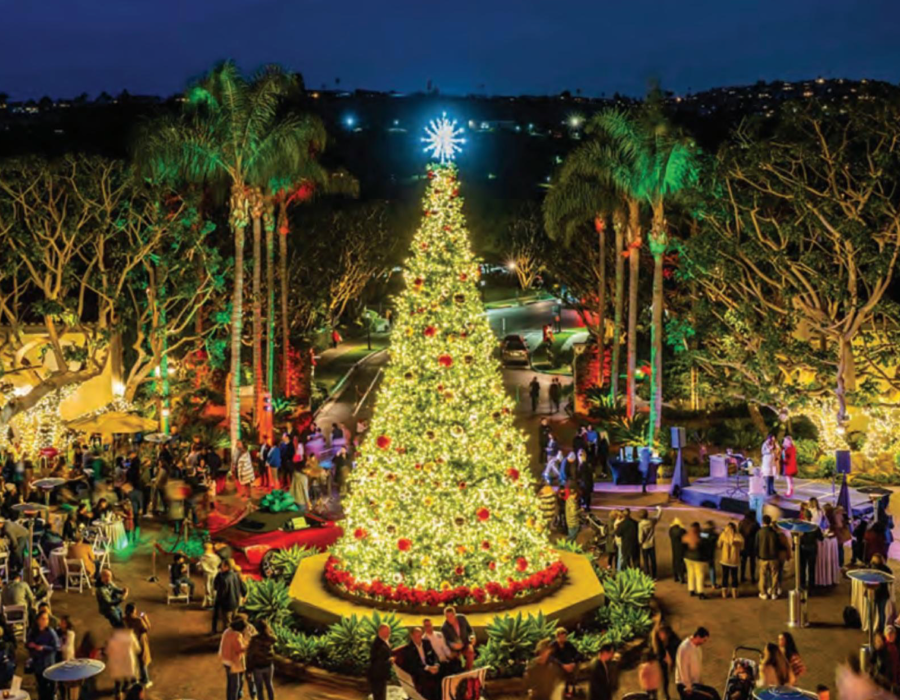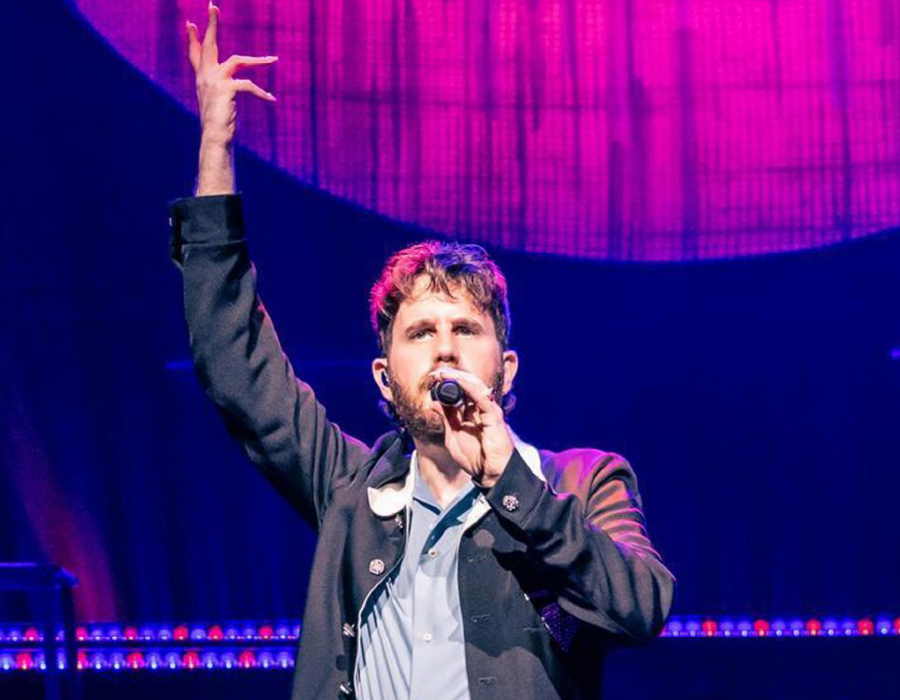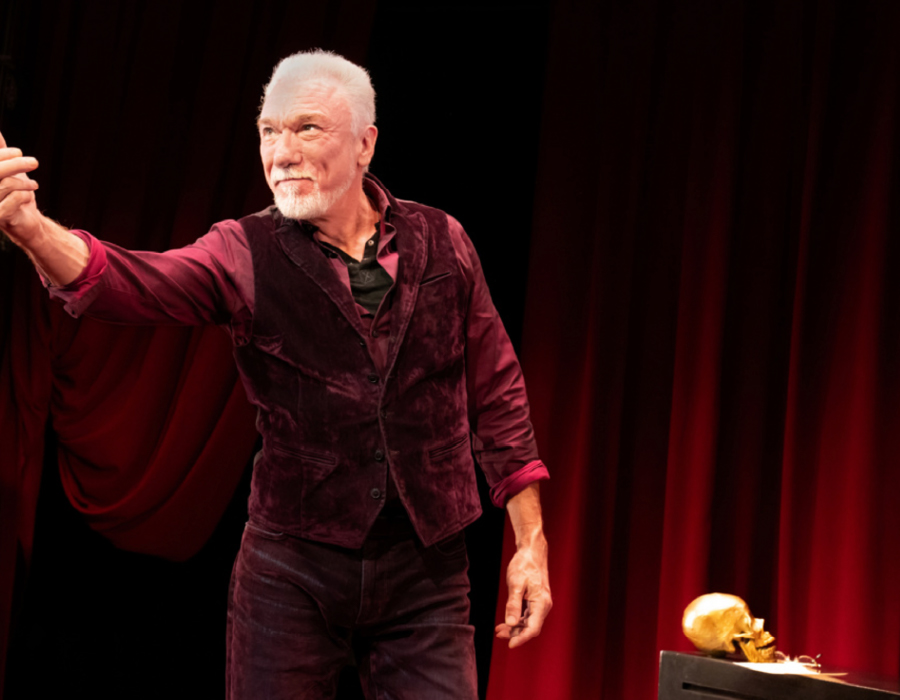Written by Michael Cirigliano II
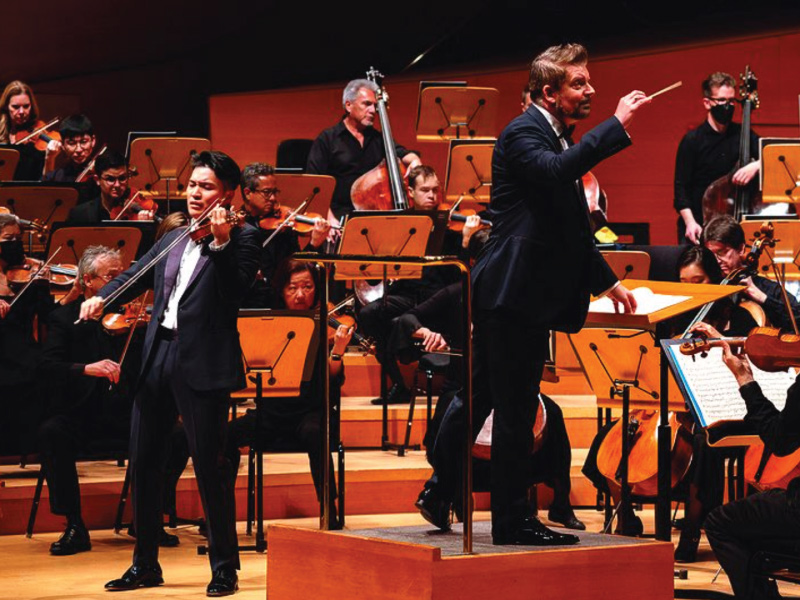
Returning to the LA Phil this month, composer-conductor Matthias Pintscher explores the depths of human emotion through Ravel, Mozart, and his new work neharot. The music of Maurice Ravel spans two distinct worlds. Works like Mother Goose Suite and his opera L’enfant et les sortilèges (The Child and the Spells) transport us to fantastical realms of childhood innocence and harmony, while others, from La valse to the Piano Concerto for the Left Hand and his immortal Boléro, present moments of blistering brutality, their dissonance mirroring the political and cultural upheaval that dominated the early 20th century.
The music of Maurice Ravel spans two distinct worlds. Works like Mother Goose Suite and his opera L’enfant et les sortilèges (The Child and the Spells) transport us to fantastical realms of childhood innocence and harmony, while others, from La valse to the Piano Concerto for the Left Hand and his immortal Boléro, present moments of blistering brutality, their dissonance mirroring the political and cultural upheaval that dominated the early 20th century.
That duality of fantasy and reality is woven throughout the program Matthias Pintscher leads at Walt Disney Concert Hall on November 13, 14, and 16. Not only in the Ravel works that bookend the evening, but also in the music of Mozart and Pintscher himself—four compositions in which the German composer-conductor hears “all kinds of human emotions resonate.”
Few composers have been better equipped to translate the mythical world of the fairy tale to music than Ravel, whom a close friend described as possessing “the soul of a child who has never left the kingdom of Fairyland, who makes no distinction between nature and artifice.” Anecdotes abound of Ravel disappearing from formal dinner parties to regale the host’s children with stories of heroes, villains, and fantastical creatures. Such is the world he created in Mother Goose, a suite of five miniatures shimmering with radiant orchestral colors.
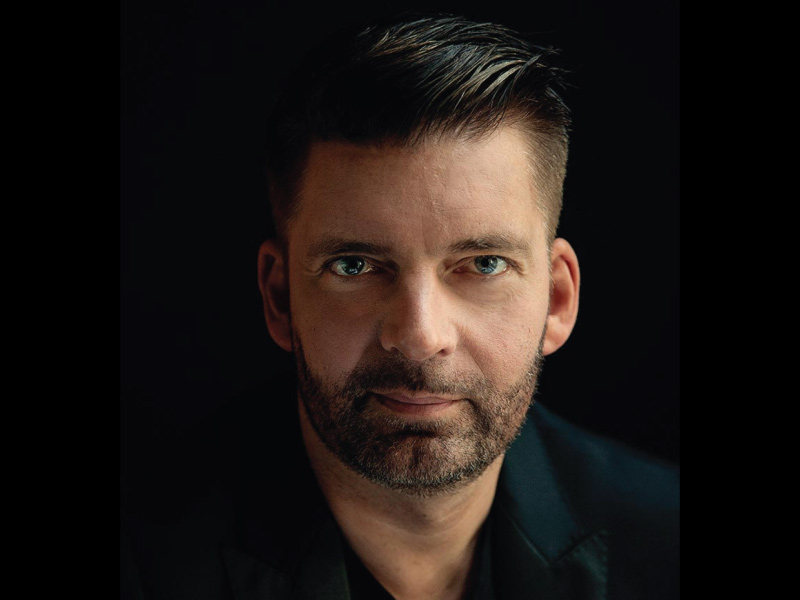
“Ravel’s one of the most nostalgic composers we have in music history,” Pintscher shared with me during a recent video call. “And in Mother Goose we experience Ravel the storyteller, someone absolutely adored by kids for his fascinating ability to tell entertaining stories.” Although inspired by children’s tales, the suite leaves adults mesmerized by its tender beauty, one that often inspires tears by the end of the performance.
“There’s so much noble emotion in it, and it’s very hard to talk about it, why you feel so much,” Pintscher said. “But that’s why we love music, because it goes beyond the spoken word.”
Of course, fairy tales offer more than imaginative flights of fancy. These stories of love and fear, life and death give us the tools to overcome the adversity we face throughout our lives. And just as he expertly conjures Belle’s distress in encountering the terrifying Beast, or the perpetual slumber with which an evil queen curses Sleeping Beauty, so too can Ravel evoke the turmoil of the real world, as evidenced in La valse, his choreographic poem composed in the aftermath of World War I.
Although Ravel remained cagey about the inspiration behind La valse, one can’t help but hear the death knell of the Austro-Hungarian empire as a vigorous waltz gradually collapses under the weight of its own fevered intensity. To Pintscher, La valse’s cataclysmic ending represents a seismic turning point in music. “He’s actively destroying the Viennese tradition. He squeezes all the sophistication so tightly that it erupts and falls apart. It’s like he needed to destroy it to force himself, as an author, to move on.”
Mozart also stood on the fault line of a major shift in musical style—between the refined Classical style of the 18th century and the bold emotionality of 19thcentury Romanticism. And in the composer’s Piano Concerto No. 25, we hear Mozart exploring uncharted territories in his work.
Although he had been composing piano concertos since his days as a child prodigy, Mozart’s final concertos dig beneath the surface to unearth greater depths of emotion while still maintaining the elegance and lust for life he suffused in every score. Pintscher sees parallels between the composer’s search for new modes of expression and the benchmarks artists establish as their careers progress.
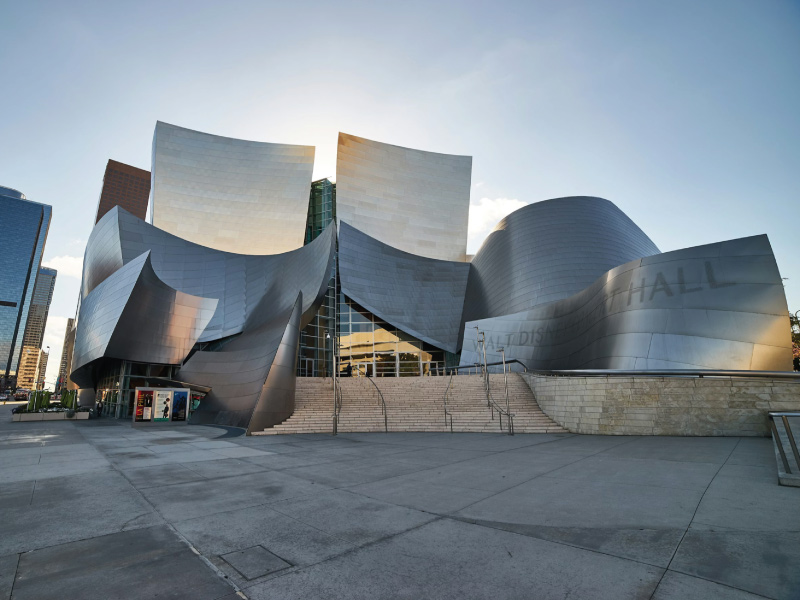
“I’ve always loved Mozart,” he says, “but now I realize it’s music you not only live with, but grow with as a human, as an artist. It’s like he puts a mirror in front of you to ask: Where are you in your life? Where are you with your insight? Where are you with your shortcomings, your weaknesses? All that is reflected in Mozart’s music.”
Such moments of selfreflection are typical for every musician, but for Pintscher, the turbulence experienced during the early days of the Covid pandemic brought artistic paths to light that he hadn’t previously considered. While composing neharot—which he describes as “a tombeau, a requiem, a kaddish for all the people lost” during the pandemic—“I felt less like I was the author. It just took me to a different place with who I am as a composer and forced me to walk inside unknown, unsafe territory. All artists long to extend the realm of our perspectives, and that happened for me with neharot.”
For a conductor used to racking up frequent-flier miles leading orchestras across the globe, spending months at home gave Pintscher a new relationship to his work and also reminded him of music’s role as an act of service. In fact, the trumpet solo that appears like a beacon of hope amid neharot ’s profound darkness was inspired by Pintscher’s partner, Ethan Bensdorf, a trumpet player with the New York Philharmonic, who for 47 straight nights serenaded neighbors from the roof of the couple’s Manhattan home during lockdown.
“Hundreds of people came out on their balconies, opened their windows after banging on pots and pans to celebrate our health-care workers. Ethan’s trumpet call was a gesture of reaching out to people, even if we couldn’t see each other physically.”
That longing for connection and understanding not only lies at the heart of neharot, but it also speaks to Pintscher’s goals as a conductor. When asked what he hopes audience members take away from this concert, Pintscher isn’t prescriptive. He wants the audience to discover their own meaning in the music—and realize the important role they play in the concert experience.
“I want them to find out something about themselves. All the great works are somewhat incomplete, because they need the human listener to receive the sensations we forward to them from the stage. I hope they are so drawn into this music, intrigued and shocked by what they hear, that they return—not only as supporters, but because they like what they felt, they like what they learned about themselves.”
Read the rest at Performances Magazine | LA Phil Issue, November 2025
Photo credits: Photo courtesy of Performances Magazine | LA Phil November 2025


